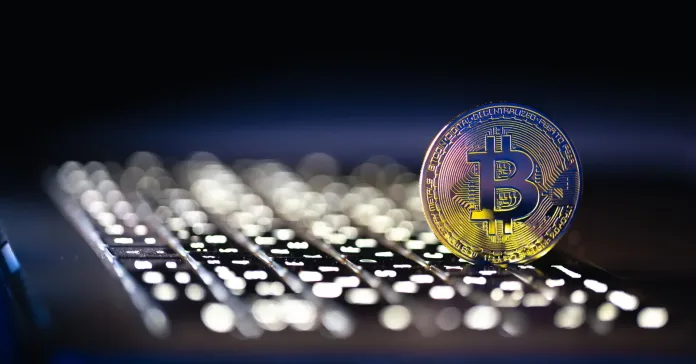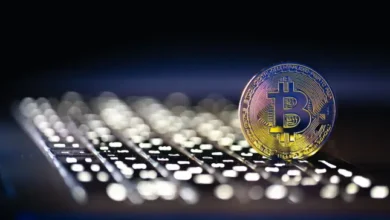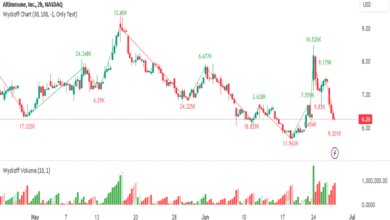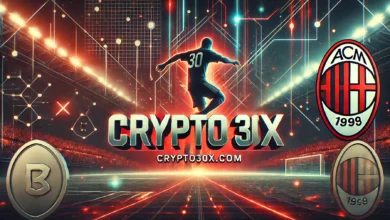Biitland Stablecoins: The Future of Digital Finance Explained

Introduction: What Are Biitland Stablecoins?
Biitland Stablecoins In the world of cryptocurrency, volatility has always been the biggest challenge. Prices of Bitcoin, Ethereum, and other digital assets swing dramatically within hours, making them exciting for traders but risky for everyday transactions. This is where stablecoins come in. They are designed to maintain a steady value, usually pegged to a stable asset like the US dollar, gold, or a basket of currencies. Among the growing stablecoin ecosystems, Biitland stablecoins are becoming a hot topic, sparking interest among investors, developers, and financial experts.
Biitland stablecoins aren’t just another digital asset in circulation; they represent an attempt to blend the advantages of blockchain with the stability of traditional finance. In other words, they try to solve one of crypto’s oldest problems—instability—while still offering the speed, transparency, and security of decentralized systems.
If you’ve ever wondered how stablecoins work, why Biitland’s approach is different, and whether they could play a major role in reshaping finance, this deep dive is for you. Let’s break down everything you need to know, from their structure to their potential impact on the future of money.
The Core Idea Behind Biitland Stablecoins

At their foundation, Biitland stablecoins aim to create a reliable digital currency that everyday people and businesses can trust. Unlike traditional cryptocurrencies, which can fluctuate wildly, stablecoins are meant to give users confidence that one token today will still be worth the same tomorrow. This makes them useful for payments, savings, and even lending without the constant fear of losing value overnight.
What makes Biitland stablecoins stand out is their hybrid structure. They are not just pegged to fiat currencies but often backed by a diverse set of assets, including reserves, bonds, and in some cases, algorithmic mechanisms that adjust supply and demand. This multi-layered approach helps them avoid the pitfalls we’ve seen in some failed projects where a single-asset peg collapsed under market pressure.
Another unique feature is Biitland’s emphasis on transparency. Many Biitland Stablecoins projects have been criticized for a lack of clear audits or insufficient reserves. Biitland addresses this by introducing regular, verifiable audits and publishing data about collateralization ratios. For anyone skeptical about whether “the money is really there,” this builds trust in the system.
Why Biitland Stablecoins Matter in the Crypto Ecosystem
The importance of Biitland stablecoins goes beyond just providing a “stable dollar on the blockchain.” They are part of a bigger vision to integrate cryptocurrencies with real-world economies. Imagine a world where sending money abroad takes seconds, doesn’t involve hefty bank fees, and yet the value stays stable throughout the transaction. That’s exactly what Biitland Stablecoins are designed to deliver.
In decentralized finance (DeFi), stablecoins have already proven themselves as the backbone of lending, borrowing, and yield farming. Without them, the risks would be too high for average users to participate. Biitland stablecoins, with their transparent reserves and multi-collateral system, are especially attractive to DeFi platforms looking for reliability.
Moreover, their adoption could help bridge the gap between traditional banks and blockchain systems. Businesses hesitant to accept Bitcoin due to price swings may feel more comfortable transacting in Biitland stablecoins, knowing their payments won’t lose value before they can cash them out. This opens doors for mainstream adoption that many cryptocurrencies still struggle to achieve.
The Technology Powering Biitland Stablecoins
Behind the scenes, Biitland stablecoins rely on a sophisticated combination of blockchain technology, smart contracts, and reserve management. Each token issued is tied to a collateral system that ensures stability. Depending on the specific model, this collateral could include fiat reserves, digital assets, or algorithmic mechanisms that automatically adjust supply.
Smart contracts play a central role in maintaining balance. For instance, if the stablecoin’s value begins to drift above its peg, smart contracts can issue more tokens into circulation, bringing the price back down. Conversely, if the price dips below the peg, the system can remove tokens from circulation to restore equilibrium. This automated system minimizes human error and reduces reliance on centralized authorities.
Another technological advantage is scalability. Many stablecoin projects struggle with network congestion and high fees during peak times. Biitland, however, has focused on building compatibility with multiple blockchains, allowing faster and cheaper transfers. This cross-chain interoperability means users aren’t locked into one ecosystem—they can move funds freely across platforms.
Potential Use Cases of Biitland Stablecoins
The applications of Biitland stablecoins are vast, ranging from personal finance to global commerce. One of the most obvious use cases is in remittances. Millions of people worldwide send money across borders every day, often losing a significant percentage to fees and waiting days for clearance. Biitland stablecoins make this process instant, affordable, and reliable.
E-commerce is another sector where these tokens could shine. Online businesses constantly face issues with payment gateways, chargebacks, and delays. Accepting Biitland stablecoins would not only streamline transactions but also reduce costs by eliminating intermediaries like banks and credit card companies. For small businesses especially, this could be a game-changer.
Then there’s the world of DeFi. Lending platforms, savings apps, and decentralized exchanges all depend on stable assets to function smoothly. With Biitland’s transparent and audited approach, these tokens could become the preferred choice for developers and investors alike. Over time, this could help cement their role as a cornerstone of the blockchain economy.
Risks and Challenges Facing Biitland Stablecoins
Of course, no financial system is without risks, and Biitland stablecoins are no exception. One of the biggest concerns is regulatory scrutiny. Governments around the world are increasingly paying attention to stablecoins, worried that they might undermine traditional financial systems or be used for illegal activities. Navigating these regulations will be a major challenge for Biitland’s growth.
Another potential risk lies in the collateral system itself. While Biitland’s hybrid approach is designed to minimize volatility, extreme market conditions could still put stress on reserves. For example, if there’s a massive drop in asset prices or sudden demand for redemptions, the system could struggle to maintain the peg. This has happened with other stablecoins in the past, and it remains a critical area of concern.
Finally, adoption depends heavily on user trust. Even with audits and transparency, building that trust takes time. Users who remember failed projects in the crypto world may hesitate before fully committing to a new stablecoin. Biitland will need to demonstrate consistent stability and reliability to overcome skepticism.
The Future Outlook for Biitland Stablecoins
Looking ahead, the future of Biitland stablecoins seems promising but will depend on how well they adapt to challenges. If they continue to strengthen their collateral models and maintain transparency, they could establish themselves as a trusted global currency alternative. With the growing demand for digital payments, their adoption curve could be steep in the coming years.
Another exciting possibility lies in central bank digital currencies (CBDCs). As governments experiment with digital versions of their currencies, Biitland stablecoins could serve as a bridge or even as complementary assets. Instead of competing directly with CBDCs, they might integrate into hybrid systems that blend public and private sector solutions.
For individuals and businesses, this means greater access to efficient, borderless money. Imagine a freelancer in Asia getting paid instantly by a client in Europe without worrying about conversion fees or exchange rate fluctuations. That’s the kind of seamless economy Biitland stablecoins aim to enable.
Conclusion: Are Biitland Stablecoins the Next Big Thing?
Biitland stablecoins represent more than just another digital asset in the crypto market. They are part of a larger shift toward financial systems that prioritize stability, transparency, and accessibility. By combining blockchain innovation with a focus on real-world usability, they are carving out a space that could redefine how we think about money.
Like any emerging technology, they face challenges—from regulation to market pressures—but their potential is undeniable. Whether you’re a crypto enthusiast, a cautious investor, or a business owner looking for better payment solutions, keeping an eye on Biitland stablecoins is definitely worthwhile.
In a landscape where innovation moves at lightning speed, one thing is clear: stablecoins like Biitland’s may not just be a niche tool but the foundation of tomorrow’s global economy.


